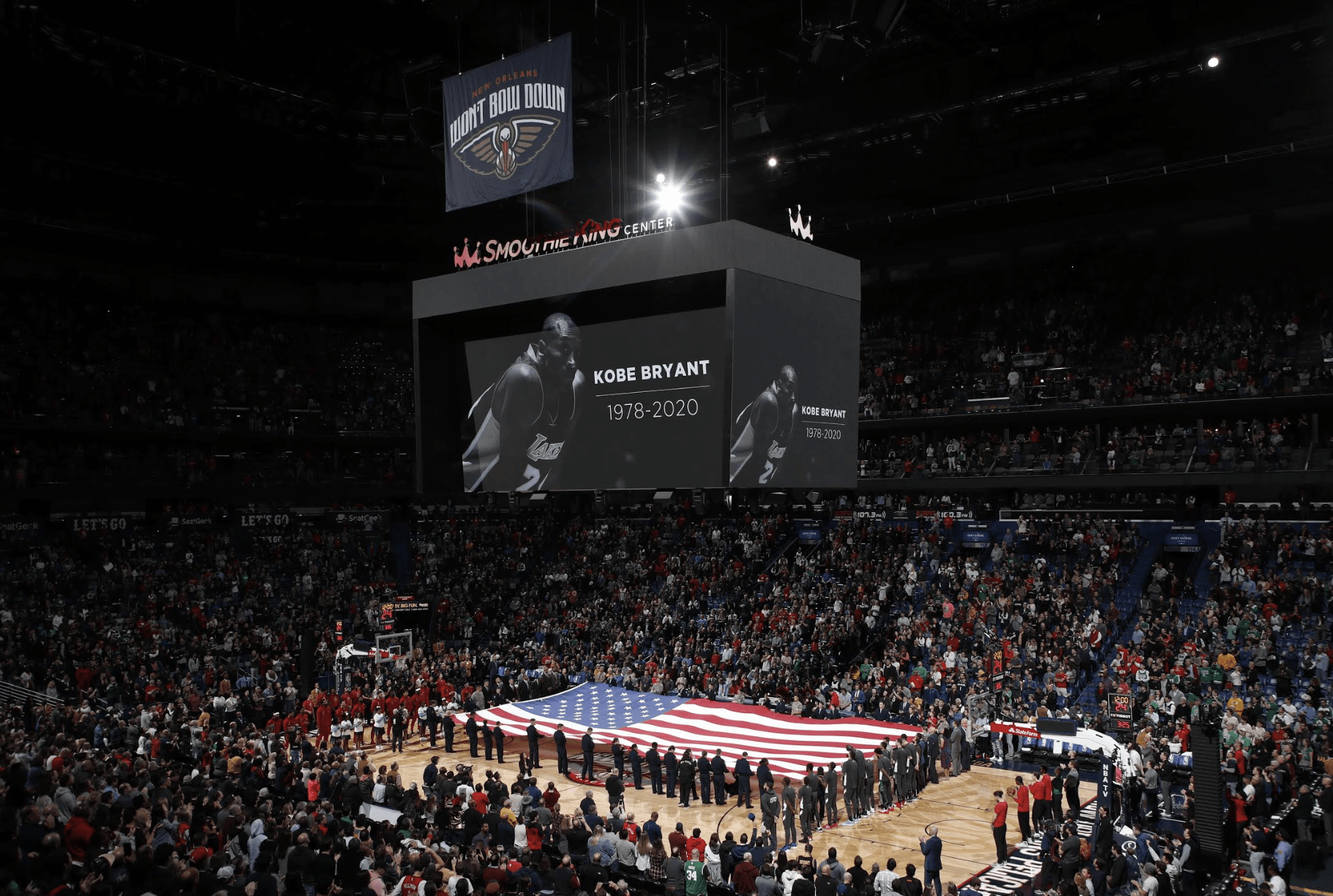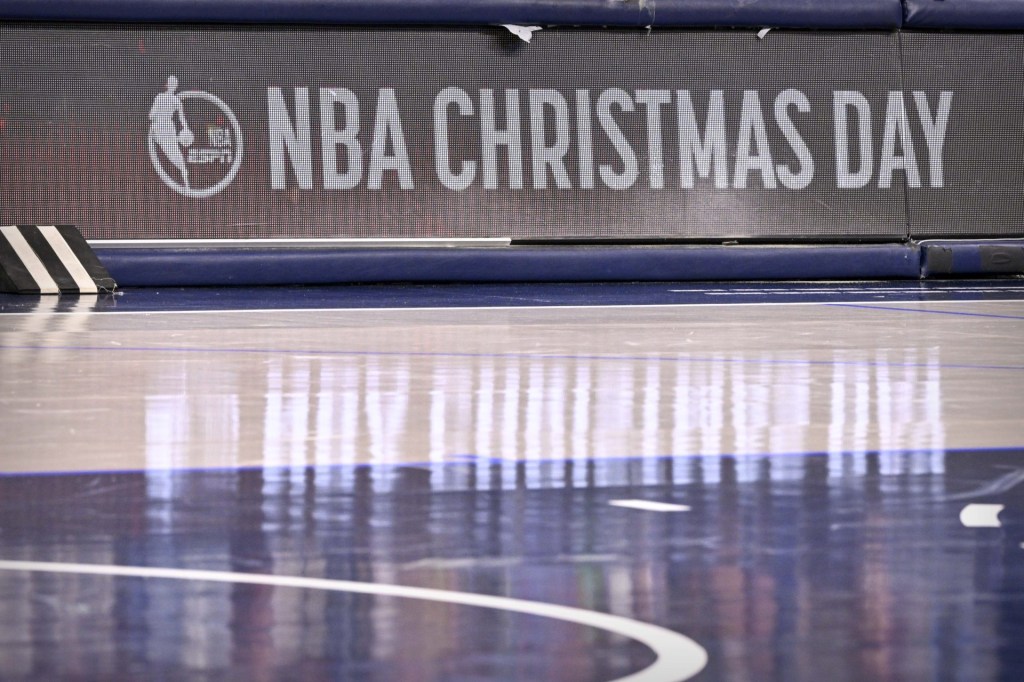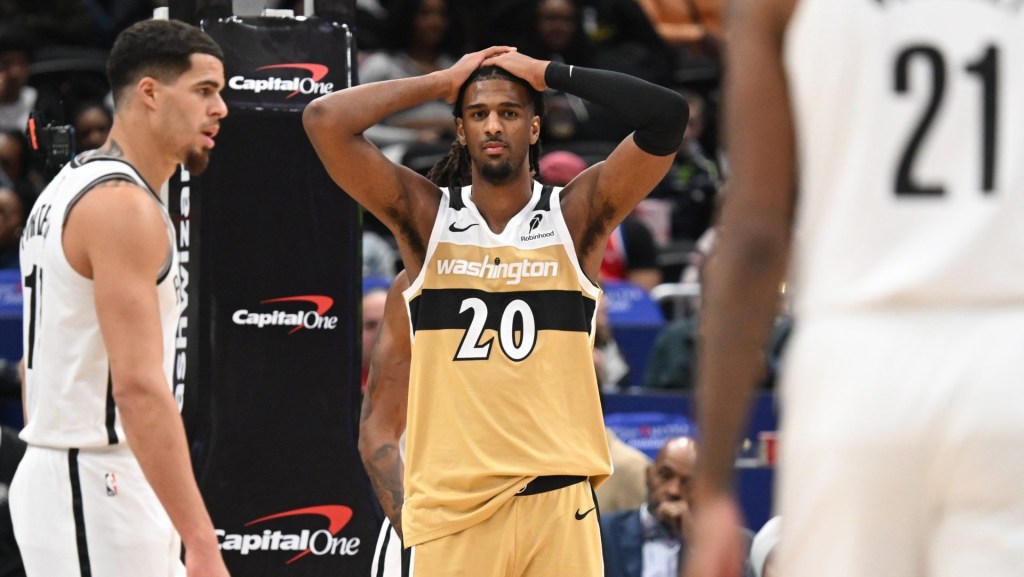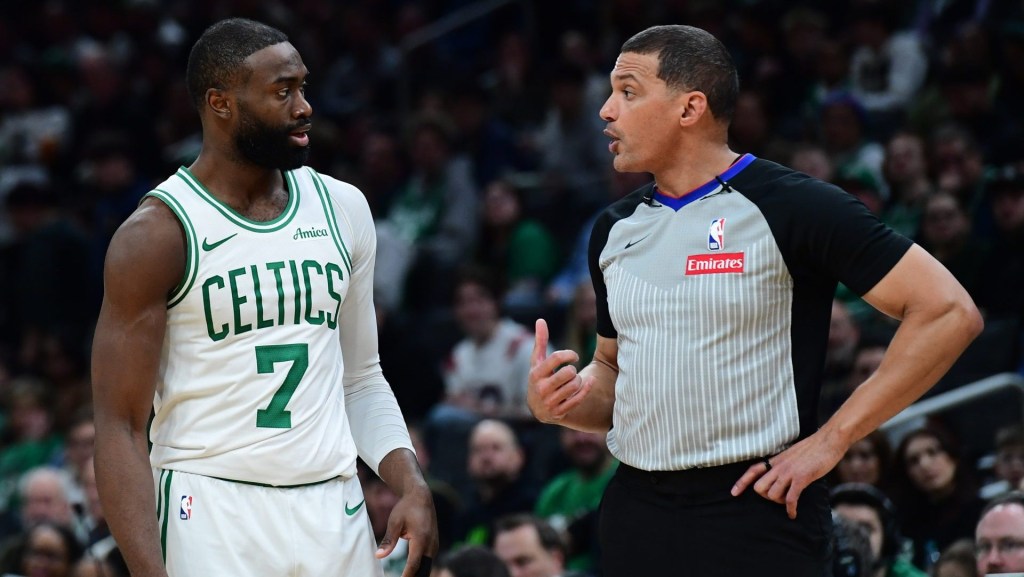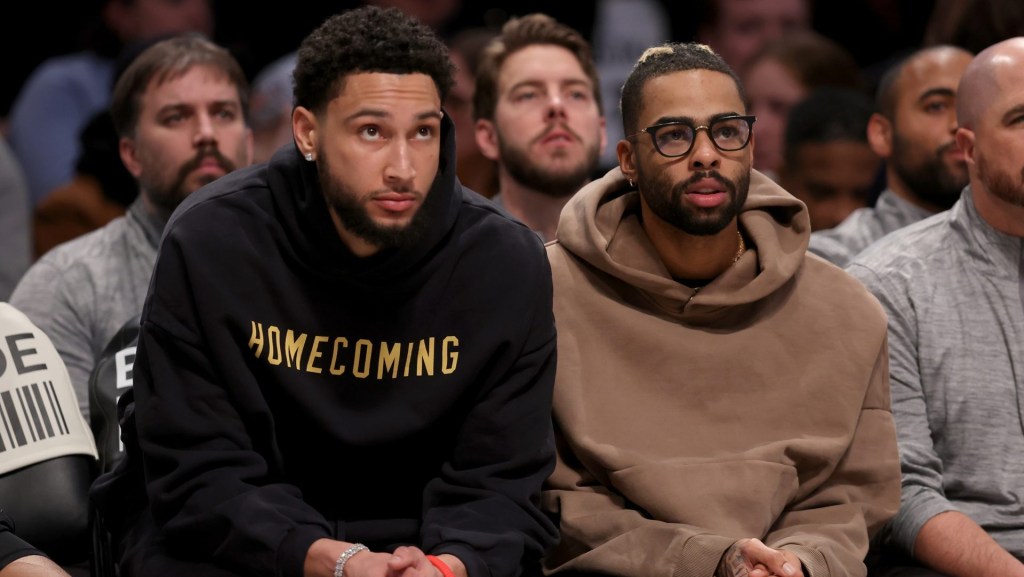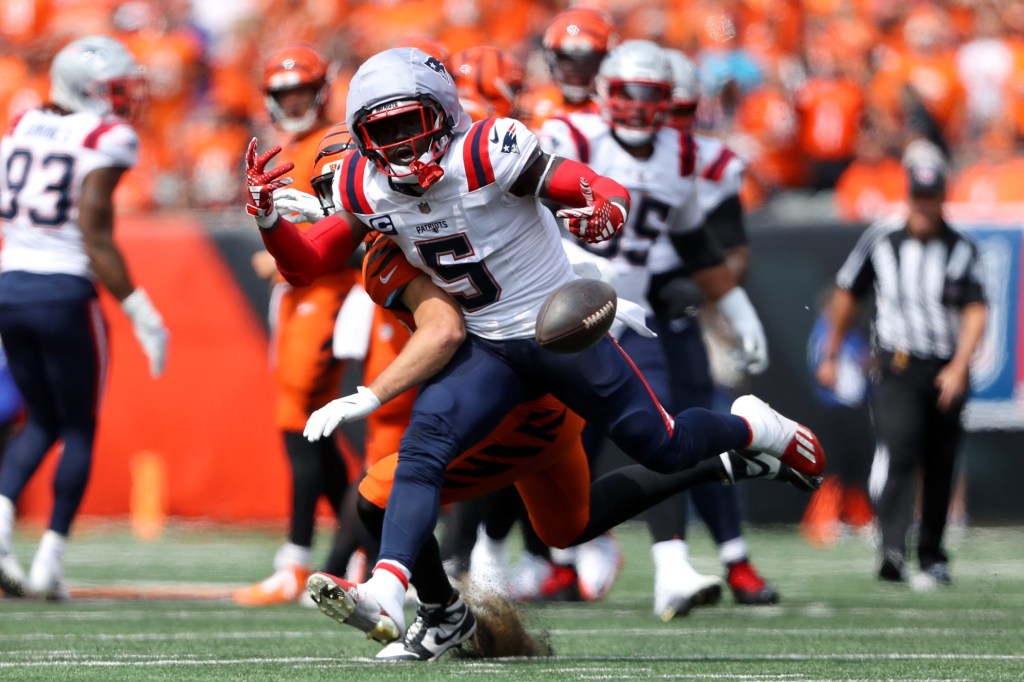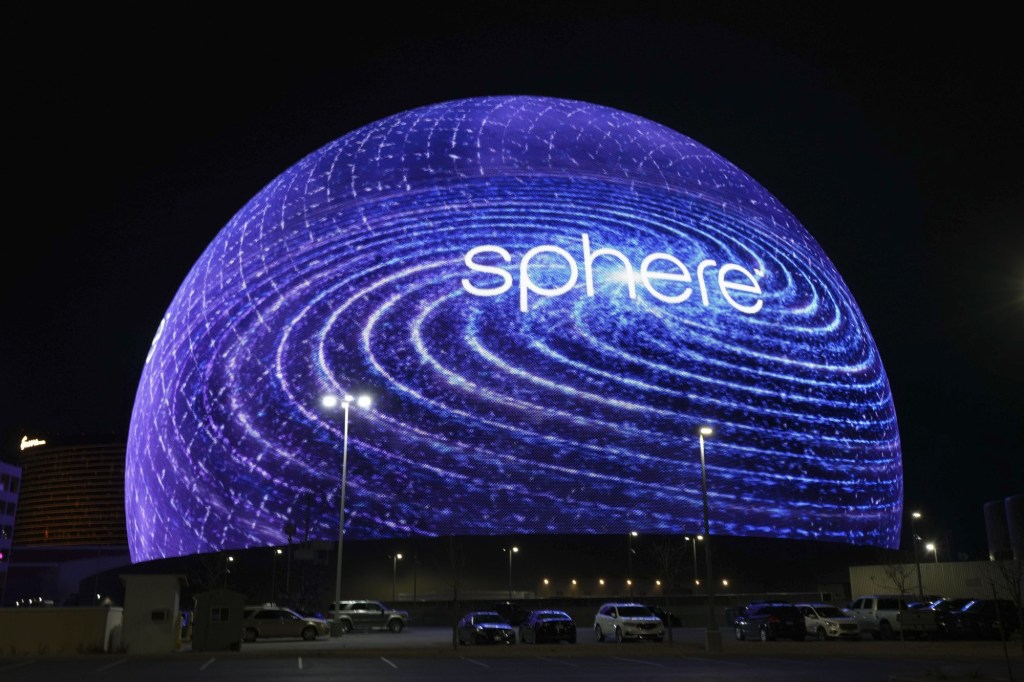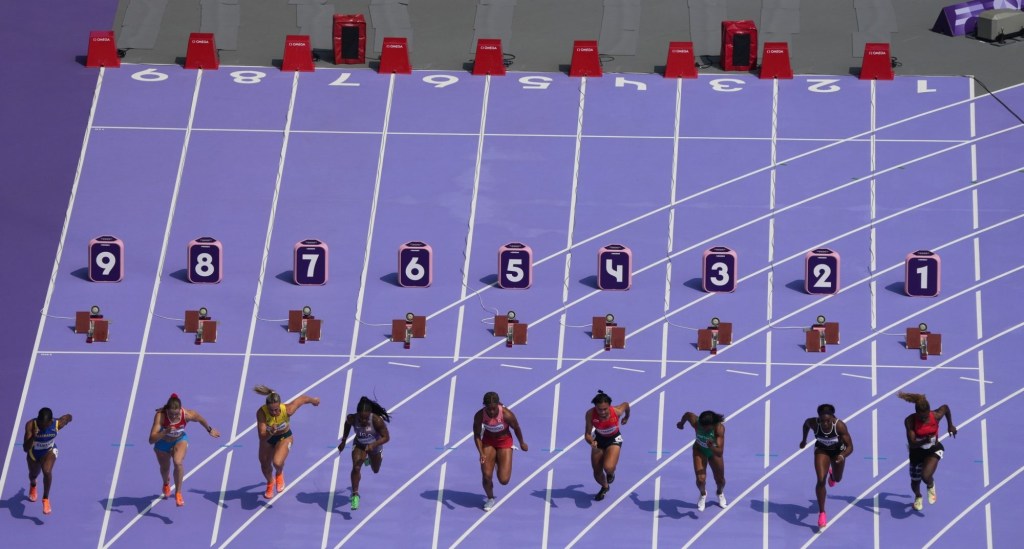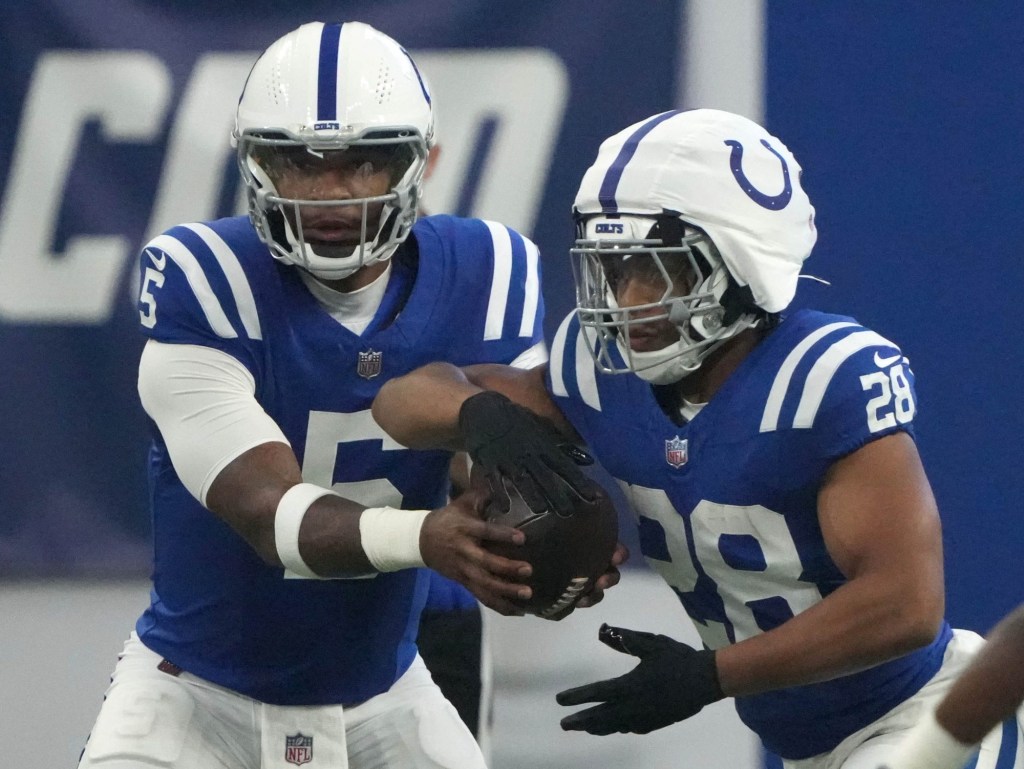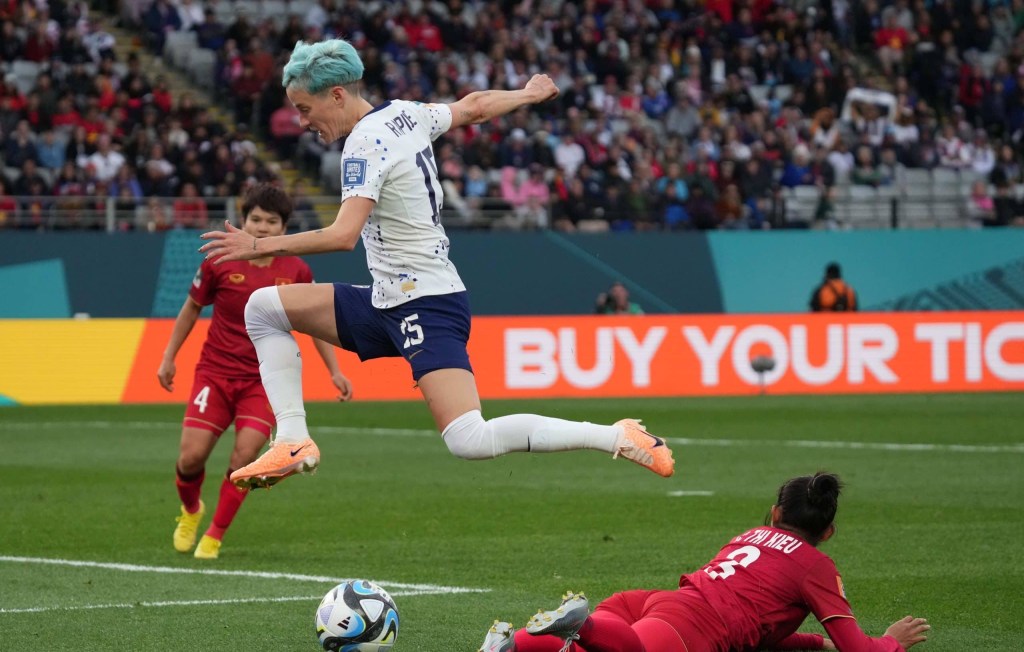The impact of the passing of NBA legend Kobe Bryant was felt across the entire league.
On January 26, just hours before the New Orleans Pelicans were scheduled to face the Boston Celtics at Smoothie King Center, news spread that Bryant, his 13-year-old daughter Gianna, and seven others had died in a helicopter crash. As the team began prepping for their Sunday night showdown on the court, staff were scrambling trying to create a video tribute that would pay homage to Bryant, Layne Murdoch Jr., the Pelicans production manager, said.
Murdoch Jr. had received an internal request for video footage featuring Bryant. Almost immediately, he went directly to the NBA’s Virtual Content Factory to find clips. Created last August, the league’s cloud-based service is designed to facilitate the entire lifecycle of content, from the idea and planning phases to the editing, archiving, and distribution processes.
Before they knew it, New Orleans’s in-arena production group got their hands on a memorable video for Bryant made by Murdoch Jr. Made possible by the Virtual Content Factory, the Pelicans’ Kobe tribute highlights the impact that the league’s recently launched cloud-based platform has made in its short existence.
“Without the NBA Virtual Content Factory, I really wouldn’t have had the ability to get [the production team] anything,” Murdoch Jr. said. “I would have been on YouTube trying to find something that was legal for us to use, which we tend not to do.”
“So with that at our fingertips, I was able to provide archived footage of Kobe that’s so powerful,” Murdoch Jr. added. “It’s footage that when you see it, it brings the emotions out of you.”
The Virtual Content Factory’s master assignment and content calendar have also enabled content creators at the team and league level to keep track of any ongoing or future projects. It also ensures a certain level of transparency and efficiency to maximize the content being pushed out on social and digital platforms to the NBA’s 1.6 billion fans worldwide in a cost-effective manner.
Since its inception, the Virtual Content Factory has been adopted by 25 teams, with 19 using it in their day-to-day operations, Chris Halton, the NBA’s senior vice president of media and technology, said. The only clubs that have yet to implement it are the Atlanta Hawks, Brooklyn Nets, Dallas Mavericks, Orlando Magic, and Sacramento Kings.
READ MORE: NBA Looks To Superserve Fans With ‘Virtual Content Factory’
Of the 19 teams using the Virtual Content Factory, nearly 4,200 projects have been created within the system, and more than 8,360 assignments within them, Halton said. There’s approximately 10,000 pieces of content – amounting to roughly 128 terabytes – on the platform.
“I use video every single day,” Murdoch Jr. said. “I’m receiving requests on the hour for different types of footage. Typically it would be me going into an external hard drive, looking for a dated file and raw information. And I was extremely excited because this you can search by player name, team action, the type of camera you’re looking for. “
The Pelicans are not the only team looking to take full advantage of what the NBA has built with the Virtual Content Factory. During the summer of 2018, the Oklahoma City Thunder was approached by the NBA about creating an all-inclusive content calendar for all 30 teams to use, Joseph Crall, the team’s front-end developer and manager of digital products, said.
Crall saw the initial idea behind the Virtual Content Factory as beneficial for both league and the teams. In years past, sharing content between the two entities was never as seamless as it could be; now, they can be on the same page without getting in each other’s way.
“Early on, the potential was there,” Crall said. “It was just getting it in a way that would make sense for us because I think at first, [the NBA] was trying to get one solution that was universal across the board. It’s just not the way all the teams work.” Customizing the Virtual Content Factory, Crall said, is what allowed the tool to take off.
Despite the intended benefits of the Virtual Content Factory, league-wide implementation of the platform is still nascent. Crall and the Thunder began onboarding it last summer, but challenges lie in how it is being used on a department-by-department basis. Only the marketing and broadcasting teams at the Thunder have incorporated it into their operations, with each using it for different purposes, Crall said.
Both Murdoch Jr. and the Pelicans are easing their way into the Virtual Content Factory. Although the production team uses it every day, others within the company have yet to scratch the surface with it.
Murdouch Jr. also sees limitations in the amount of content that the Pelicans have access to. He only has immediate access to Pelicans content, and still has to go through the request process with the league office to obtain other teams’ footage. Going forward, he hopes to one day have the ability to pull any footage from any NBA team or player.
READ MORE: Grizzlies See Growth Opportunities Via In-House Media, Three-Mode App
One added feature that Halton is bringing to the Virtual Content Factory is a mobile version of the assignment. This will enable people on the road to both receive and accept assignments. Halton expects to have this available around April and May leading into the NBA Finals.
Halton is also working on enhancing the Virtual Content Factory’s upload capabilities so it can upload more efficiently into the Content Network, which is where the NBA stores its finished products that are ready for immediate download.
“[The Virtual Content Factory] is not just a scheduling tool. It’s also a digital media management utility where [teams] see a value in not only contributing content and organizing their operations, but it’s a one-stop shop for them to actually download content,” Halton said. “For the Kobe example, they’re starting to see the value of it because it’s at their fingertips. It’s more immediate, and they can search and find things that they hadn’t been able to do before in a quick amount of time.”
